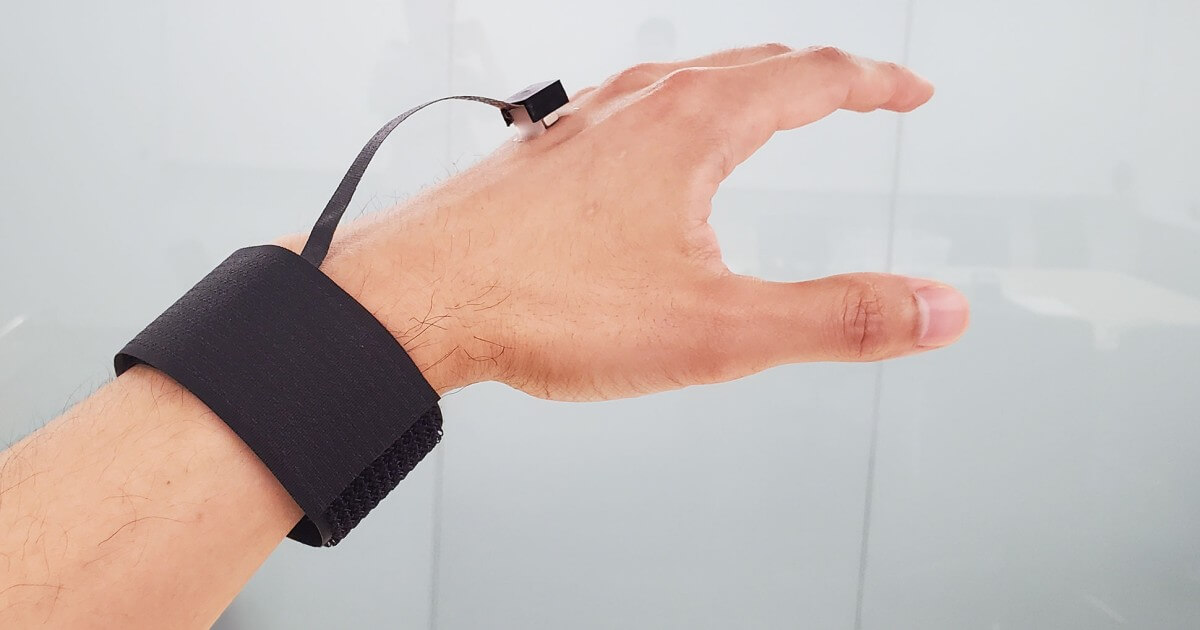The world of wearable technology is on the cusp of a sensory revolution, with groundbreaking advancements in haptic technology paving the way for realistic touch simulation. This emerging field promises to redefine how we interact with the digital world, offering a more immersive and intuitive experience across various applications, from gaming and entertainment to healthcare and remote communication.
Haptic technology, also known as haptic feedback or simply haptics, incorporates tactile experiences as part of the user interface, creating a sense of touch through vibrations, motions, or other forces. While early haptic devices primarily relied on simple vibrations, recent innovations have unlocked the potential for more complex and nuanced tactile sensations. These advancements are driven by the increasing demand for immersive user experiences and the desire to bridge the gap between digital and physical realities.
One of the most exciting developments in this area is the creation of wearable devices capable of simulating a wide range of tactile sensations, including pressure, vibration, stretching, sliding, and twisting. These devices, often compact, lightweight, and wireless, adhere gently to the skin and use sophisticated actuators to apply forces in multiple directions, mimicking the intricate way our skin senses touch. Unlike earlier technologies limited to simple "buzzes," these new devices can deliver controlled forces across a range of frequencies, providing constant force without continuous power application. Some versions even incorporate a gentle twisting motion to complement the ability to deliver vertical force, further enhancing the realism of the sensations.
Researchers are exploring various actuation methods to achieve realistic touch simulation. These include:
- Electromagnetic Actuators: Miniaturized magnetic actuators can be arranged in arrays within flexible materials to deliver diverse sensations like pressure, vibration, and twisting.
- Fluidic Actuation: Pressurized air or liquid generates dynamic tactile sensations, offering comfort and adaptability, particularly in soft robotics and textile-based haptic wearables.
- Thermal Actuation: Warming or cooling sensations enhance immersion in virtual environments or simulate real-world interactions.
These advancements in wearable haptics have far-reaching implications across various sectors:
- Virtual and Augmented Reality: Multisensory haptics enhance immersion by allowing users to feel digital objects, improving experiences in gaming, training simulations, and education. Haptic feedback in gaming controllers, VR gloves, and suits can enhance gaming experiences by providing tactile feedback corresponding to in-game events, adding a new dimension of immersion and realism.
- Healthcare and Rehabilitation: Wearable haptics assist in motor skill training, post-stroke rehabilitation, and prosthetic limb feedback, enabling patients to interact more effectively with their surroundings. Haptic feedback systems can replicate the sensation of resistance and pulsation, providing medical students and professionals with a more realistic simulation environment, accelerating the learning curve and improving patient safety.
- Remote Communication and Collaboration: Haptic technology facilitates more immersive remote collaboration by allowing users to physically feel the presence and actions of others in virtual meetings and shared environments. This is particularly useful in fields like robotics, where operators can perform intricate tasks with precision and control from a safe distance.
- Accessibility for Visually Impaired Individuals: Advanced haptic devices translate visual information into tactile sensations, helping users navigate their surroundings more effectively. A haptic cane, for example, could provide feedback about obstacles and directions, enhancing independence and mobility.
- Sports Training and Performance: Haptic feedback wearables provide athletes with real-time biomechanical feedback during training sessions, helping them optimize their movements and prevent injuries. Haptic sensors can detect subtle shifts in body position or technique and deliver gentle vibrations to guide athletes toward more efficient and safer movements.
- Online Shopping: Simulating the feel of different textures on flat screens would allow online shoppers to experience the texture of clothes or fabrics before making a purchase.
While the field of wearable haptic technology is rapidly advancing, there are still challenges to overcome. Researchers are focusing on improving response time, durability, and energy efficiency to create smaller, more comfortable, and adaptable devices for everyday use. The integration of haptics into media may also add a new descriptive feature into information objects, requiring libraries to rethink their systems for describing, classifying, or even retrieving resources.
Despite these challenges, the future of haptic technology looks incredibly promising. As technology continues to evolve, we can expect haptic feedback to become even more sophisticated, providing realistic and immersive sensory experiences that transform our interaction with the digital world. The development and adoption of haptic technology promises to create a future where digital and physical experiences are more interconnected than ever before, driving innovation and improving the quality of life across multiple areas.

















